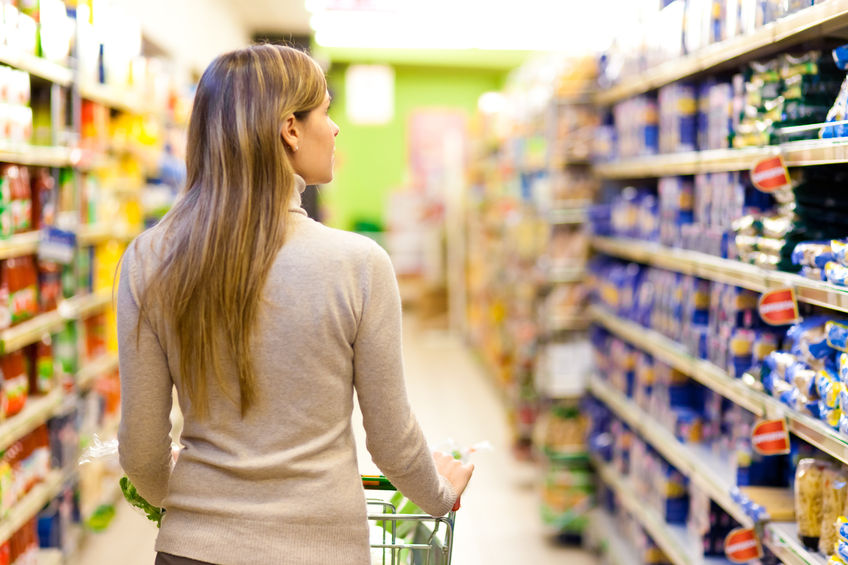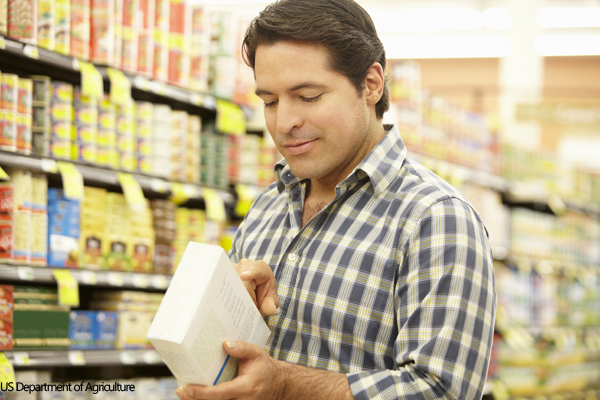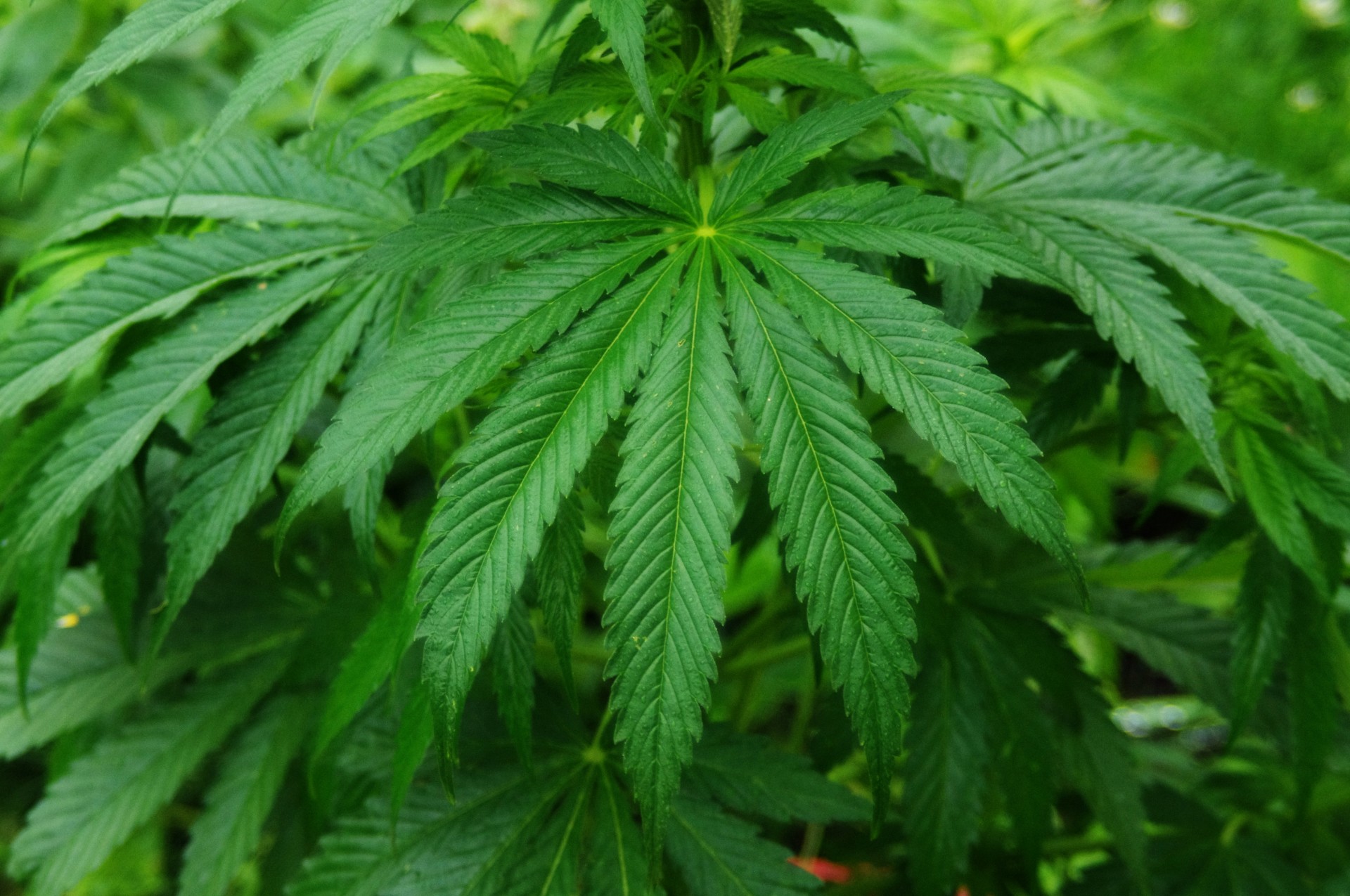From robots to artificial intelligence, advancements in technology continue to astonish and influence. When it comes to the food industry, a growing number of companies are experimenting with how technology can improve their products and bottom line.
Food-X, an international food business accelerator, is currently reviewing entrepreneur applications for the upcoming year, and this process has revealed several trends at the intersection of food and technology for 2019.
“We get in the neighborhood of 400 applicants and we start to see some things that surprise us, we might not have realized there were so many people interested in that particular area,” said Peter Bodenheimer, Program Director, SOSV’s Food-X.
These trends are bolstered by advancements in technology, but Bodenheimer says they’re also driven by growing societal values like sustainability and responsibility.
“People know more about their food system and what is being produced. They understand that the cost is greater than the price they see in the store when including factors like human cost and environmental cost. This is where people start to feel a responsibility to act,” he added.
#FoodAsMedicine
You’ve heard of functional foods, but some companies are taking the movement to new heights. Using advancements in science and technology in order to create food products that can effectively be used as medicine if taken as instructed. This includes companies like Step One Foods, that have developed a line of products that guarantee to reduce cholesterol levels if consumed properly.
“Companies are looking to develop food products that are used as medicine, maybe not off the bat to replace pharma and pharmaceutical products but are meant to be taken the same way you might take a pill twice a day,” said Bodenheimer.
In addition, he points to the Healthcare Technology company Saana, which is using science to deliver personalized meals and wellness solutions to those with chronic diseases, mainly cancer.
“Saana is a company that’s developed a product that’s a whole solution, with algorithms and technology with the latest research to develop nutritional guidelines and diets for patients fighting cancer,” he said. “To help them increase their chances while actively fighting cancer or maintaining their health while in remission.”
As consumers grow more aware of the link between health, aging, and diet, it is no surprise that the food sector is responding by delivering innovative products that will keep people healthier for longer.
Circular Economy
From apps that connect the food insecure with goods that would otherwise be thrown away, to companies that use upcycling to transform waste-products, it’s clear that products that bolster the circular economy are gaining momentum.
For those who aren’t aware, the circular economy is a regenerative system where waste is minimized because products are designed and optimized for a cycle of disassembly and reuse.
Planetarians is a company that uses the principles of the circular economy to unlock value in waste. The start-up produces a plant-based protein flour from upcycled defatted sunflower seeds that would normally be used as animal feed.
“They developed a process that allows them to create a high protein flour you can mix in with commercial all-purpose flour and effectively double the fiber and the protein without impacting the taste or texture,” said Bodenheimer. “Now you’re creating a better-for-you product that was otherwise being fed to animals or simply burned as waste products.”
Some big names are also picking up on the movement. On January 25, Nestle’s Häagen-Dazs ice cream announced the release of a stainless-steel container, meant to be filled with ice cream, used and returned using Loop, a circular economy delivery service.
Alt-Oat-Milk
There’s been a lot of alternative milk over the years, from soy milk to almond milk to pea-protein milk. However, Food-X is betting 2019 will be the year of the oat.
“I think that technology has advanced over the last 10 to 15 years. I also think that the first products in this category were marginalized, now they’ve gotten broad adoption,” said Bodenheimer. “The work was done by rice milks, almond milks, and soy milks, but each has an upside and a downside.”
Some dairy alternatives have faced technical issues related to processing or preservation in the past. This includes Almond milk which been singled out for taking a toll on the environment, with mounting concerns surrounding the amount of water needed to create the product.
“I think oat milk is probably one of those game-changing products that will potentially eclipse all of the other alternative milk. It’s made in a way that’s more sustainable, and the taste and texture is very familiar to people, and you can do a lot with it,” added Bodenheimer.
Consumers can also expect to see improved dairy alternative products coming soon, as advancements in technology are moving towards the creation of products that are both tasty and highly nutritional.
“New and advanced non-thermal processing technologies such as ultra high temperature treatment, ultra high-pressure homogenization, pulsed electric field processing are being researched for tackling the problems related to increase of shelf life, emulsion stability, nutritional completeness and sensory acceptability of the final product,” according to a study published in the US National Library of Medicine National Institutes of Health.
Big Data

Big data has revolutionized businesses all around the world, the food and beverage industry included. From manufacturers to retailers to farmers, all of them can utilize big data analytics to improve business operations.
“I think AgTech has made in particular huge strides, because they’ve been using robotics for quite a while for harvesting, but then when you got into the operational side of the businesses there were legacy or antiquated systems, and I think there has been a big leap forward,” said Bodenheimer.
As for the restaurant industry, Ingest.AI, is a company that is using artificial intelligence to extract and connect fragmented data from restaurant operations to forecast operational needs and demand.
“They realized there were all these fractured systems that people were running in restaurants. Ingest started aggregated data and running predictive analytics to save massive amounts of money for everyone from an individual restaurant operating to a growing chain,” concluded Bodenheimer. “A company like that is able to give that data and give people action.”
With many new initiatives coming every day in the big data space it is expected that this technology will soon revolutionize the working of many industries.












Join or login to leave a comment
JOIN LOGIN